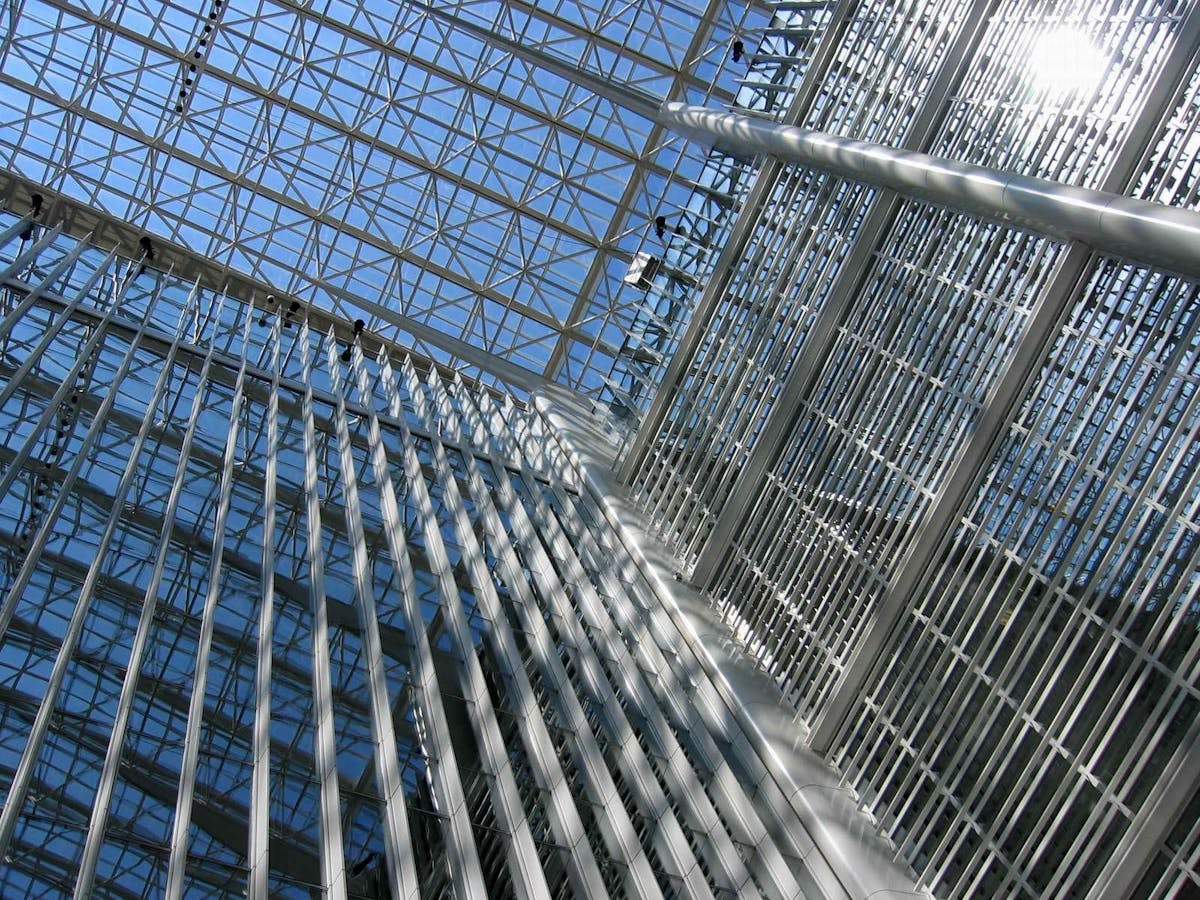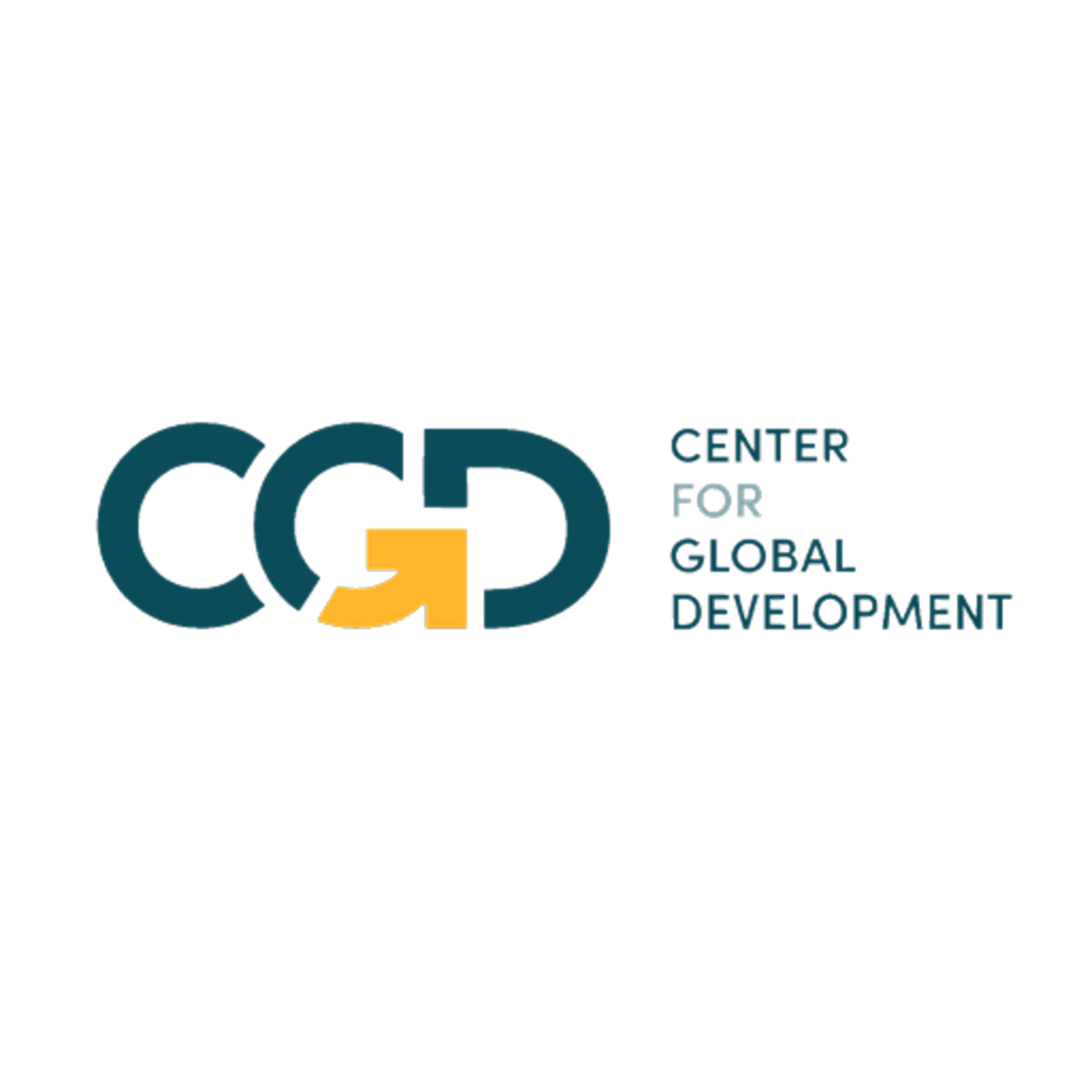Beata Cichocka and Ian Mitchell
This International Women’s Day, we want to both celebrate the women who lead multilateral development organisations, and draw attention to those organisations where the “glass ceiling” remains intact.
While women’s representation has improved over the last few decades, our analysis shows that 60 percent of the 48 top-funded development organisations are still headed by a man, and nearly half (48 percent) have never had a woman leader. This is an issue particularly in multilateral development banks (MDBs), where the European Bank for Reconstruction and Development (EBRD) is the only one of 13 MDBs we look at to ever have had a woman in charge.
The benefits of women’s leadership
Evidence suggests that when women are placed in leadership roles, more effective and inclusive outcomes can follow. The presence of women as political leaders has been associated with improved service provision and reduced corruption. In the financial sector, a higher share of women on bank boards appears to be associated with greater financial resilience and lowered rates of misconduct. And in post-conflict settings, when women were given substantial opportunities to lead on the peace-making process, reaching and implementing sustainable peace agreements became more likely.
The past year has indeed seen some progress towards greater equality. In 2021, two women became the first to lead their respective multilateral organisations: Ngozi Okonjo-Iweala made history as the first woman (and first African) Director-General of the World Trade Organisation (WTO), while Rebeca Grynspan became the first woman Secretary-General of the United Nations Conference on Trade and Development (UNCTAD) since its formation in 1964. Just over a year ago, in late 2020, Odile Renaud-Basso was elected by the EBRD’s Board of Governors as the first woman to serve as its President.
Where are the women? Trends in multilateral development leadership
To put the current situation in context, we’ve analysed trends over time for 48 heads of the major international organisations involved in development. In addition to the top aid-funded UN bodies and MDBs, we also look at organisations important for the multilateral governance system, including the International Monetary Fund, the World Trade Organisation, and the OECD’s Development Assistance Committee (DAC) (for details regarding the scope of UN bodies and MDBs considered, see footnotes to table 1). Our database considers whether and when a woman has led the organisation, and how many women have held the top position since the body’s formation. In future analysis we hope to look at bilateral development agencies, and those organisations with a thematic focus, like GAVI, the Global Fund or the Green Climate Fund.
Our analysis shows that, despite some recent progress, most leaders in the multilateral development system—including at United Nations (UN) bodies and MDBs—are still men. While the current UN Secretary General has made parity a priority since his appointment in 2017, a third of the 33 UN bodies with the largest development budgets have still never had a woman at their head —and this includes the most senior role within the UN, the office of the Secretary General itself. Still, in contrast with this slow but steady progress at the UN, the “glass ceiling” in multilateral development finance institutions has barely even started to crack.
* The scope of analysis includes those UN bodies which either had over $10 million in annual Official Development Assistance (ODA) contributions, or over $10 million in development, peace, or humanitarian expenditure for the latest year available (Data on ODA contributions was taken from the OECD DAC tables on members’ total use of the multilateral system, and includes both core and earmarked contributions. Data on expenditure was taken from the UN Financial Statistics for 2020). Regional commissions, entities or funds which are co-managed by another lead agency, as well as the UN’s research and training entities were excluded.
** The scope of analysis includes those MDBs which exceeded $50 million in annual ODA contributions according to the OECD DAC tables on members’ total use of the multilateral system, as well as those MDBs which input to the MDB’s annual Joint Report on Climate Finance. While the Eastern and Southern African Trade and Development Bank passes our threshold for inclusion, historical data on presidents since the Bank’s foundation in 1985 could not be confirmed, so it is left out.
Parity for women in multilateral governance bodies is long overdue
Our analysis has highlighted that progress is sorely needed, particularly within institutions where only one woman has ever been elected as president by an MDB’s board. While there has been some progress within the UN—with senior leadership positions under the UN Secretariat now equally split between men and women—fewer women have been leaders of the UN’s specialised agencies, whose heads are elected by Member States rather than being appointed by the General Assembly on the recommendation of the Secretary General. Ultimately, this pattern highlights that greater parity demands a wider change in attitudes among board members, shareholders, and member state representative towards women’s leadership.
It should also be noted that while representation of women at the very highest levels carries unique benefits, parity has to be reached at all levels—not just at the top—to be meaningful. Data from the UN Secretariat Gender Parity Dashboard reveals a common trend, already well-known in the corporate world—that while women are increasingly taking up executive leadership positions (i.e. at the Under-Secretary General level), equal representation remains elusive within lower and middle management. Instead, we see that women are disproportionately represented at the very lowest rungs of the UN professional career ladder.
As multilateral development organisations gear up to achieve SDG5 by 2030 and work to mainstream gender considerations into their projects, they should also take a moment to look inwards and consider how their internal structures and hierarchies reflect progress towards the goal of women’s empowerment.

